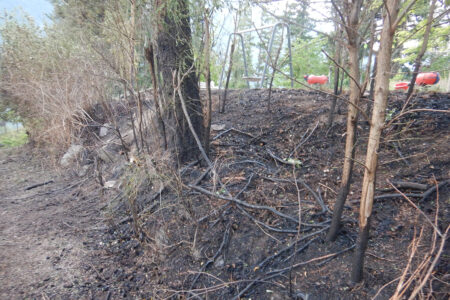Columbia River Treaty: Local governments collaborate on community engagement and ducation
“The Columbia River Treaty has influenced the geography, economy and social fabric of this region since it was ratified in 1964. It’s critical that the people who live in the Columbia Basin understand the treaty-past, present and future-and that there are mechanisms for local views to be considered in any potential discussion about changes to the current treaty,” says committee Chair, Deb Kozak from Nelson.
Elected officials from local municipalities and regional districts have been appointed to the newly-formed Columbia River Treaty Local Governments’ Committee (the committee). The committee’s primary task is to engage with local governments and residents in the Columbia Basin around the future of the Columbia River Treaty (CRT).
The committee will work with Columbia Basin Trust (CBT) to help ensure Basin residents and elected officials increase their knowledge on the CRT. The committee will also bring regional views, values and interests with respect to the CRT to provincial and federal agencies. The committee intends to work collaboratively on this important issue with regional MLAs and elected officials in Victoria, as well as regional MPs.
“Local governments want to be actively and meaningfully engaged in decisions around the future of the CRT on behalf of residents,” says Kozak, adding, “The committee will work to create opportunities for dialogue and consultation.”
The CRT is an international agreement between Canada and the United States to coordinate flood control and optimize hydroelectric power generation on both sides of the border. Under the 1964 CRT, three dams were constructed in Canada, including Mica, Duncan and Hugh Keenleyside. A fourth dam, Libby, was constructed in Montana. Its reservoir extends 67 kilometres into Canada.
The CRT has no official expiry date, but has a minimum length of 60 years, which is met in September 2024. Either Canada or the United States can terminate many of the provisions of the agreement effective any time after September 2024, provided written notice is filed at least 10 years in advance (2014). While no decision has been made by either Canada or the United States on the future of the current treaty, given the importance of the issues, and the approaching date of 2014, both countries are now conducting studies and exploring future options for the CRT.
The regional districts of Central Kootenay, Columbia Shuswap, East Kootenay and Kootenay Boudary each appointed two members to the committee. The Village of Valemount and the Association of Kootenay Boundary Local Government each appointed one member.
-30-
Committee Members
Name
Position
Role
Deb Kozak
Councillor Nelson
Chair
Karen Hamling
Mayor Nakusp
Vice-Chair
Hans Cunningham
Area G Director RDCK
member
Marguerite Rotvold
Chair RDKB
member
Mike Sosnowski
Area A Director RDEK
member
Wayne Stetski
Mayor Cranbrook
member
Linda Worley
Area B Director RDKB
member
Christina Benty
Mayor Golden
member
Loni Parker
Area B Director CSRD
member
Christine Latimer
Councillor Valemount
member






















